- Main:01642 931329
- Manchester:0161 674 0167
- London:0203 829 5779
- Belfast:02890 024827
- Hamilton:01698 532501
- Leeds:0113 512 7664
Gas & HVAC
About Gas, HVAC & Plumbing Equipment
There is a huge range of different tools that are widely used by heating ventilation and air conditioning (HVAC) engineers to install, maintain and modify these systems. This sector of business is almost exclusively comprised of systems using liquids and gasses and their tools or testers.
Flow and pressure are used to describe the force and speed at which a liquid or gas travels through the pipes. Testers that measure flow or pressure work to ensure that both are running at their optimal levels as to little flow could not supply enough water whereas too much pressure could cause the pipes to rupture and the machinery to be damaged.
Let by and Tightness is a similar line of testers that specialise in performing tightness tests. The Let by test ensures that no additional liquid or gas is being leaked into the system whereas the tightness test checks to make sure that there is no leakage. These two tests are typically performed one after the other.
Manometers and U gauges are a more general but versatile way of comparing two different pressures typically these are used for close-to-atmosphere pressures but exceptions exist that allow for a much greater range of testing options. Sometimes these are called differential manometers.
Gas and Leak Detectors are used once a system is known or suspected to have a leak. They locate the exact positioning of the leak and enable an engineer to correctly remedy the issue by either patching or replacing the problem area. Leak detectors safely and reliably allow for the detection of gases that could be damaging to humans.
Flue gas analysers and Gas detection kits allow for waste gasses to be examined and their constituents analysed and presented on screen. This can be useful in a wide range of different areas from analysing the waste gases from combustion in a boiler to ensuring the safety of tenants in older properties.
Oil Commissioning is checking and maintaining oil-based heating systems whether they are in domestic or commercial properties. These tests ensure that the system is running at the very peak of its efficiency and that any potential problem is identified early so the risk is minimised.
Finally, Power Flushing is using high-flow low-pressure systems to pump out any corrosion or build-up that may have built up over a prolonged time in a heating system ensuring the most heat generated out of your boiler and minimising waste.


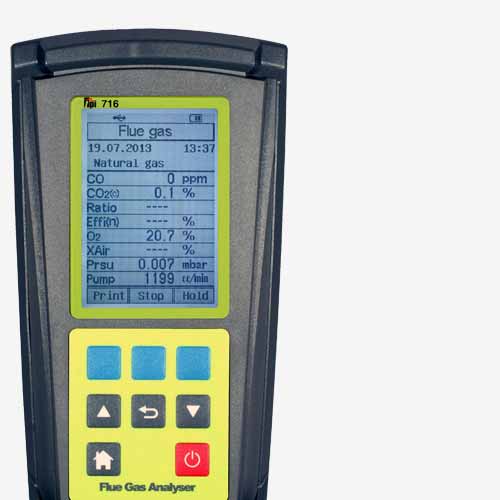 Flue Gas Analysers
Flue Gas Analysers
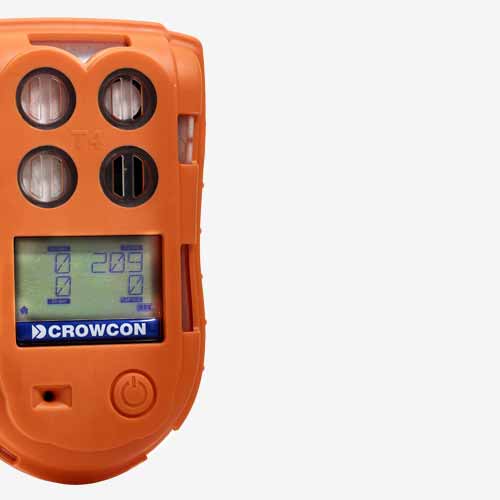 Portable & Personal Gas Monitors
Portable & Personal Gas Monitors
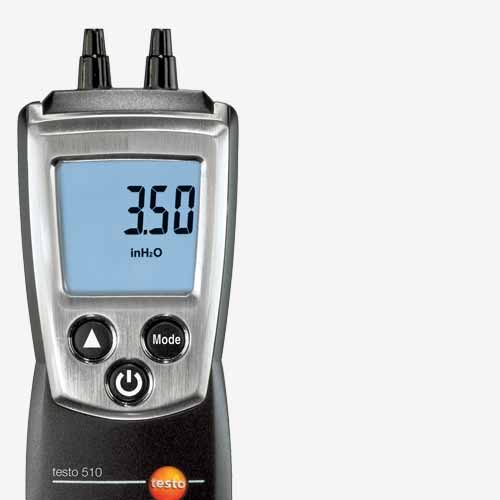 Manometers & Pressure Meters
Manometers & Pressure Meters
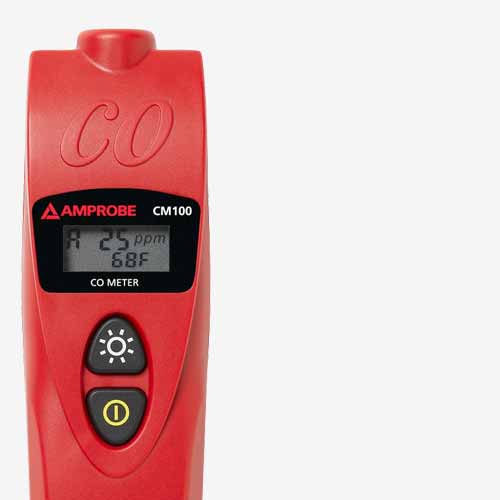 CO / Carbon Monoxide Detectors
CO / Carbon Monoxide Detectors
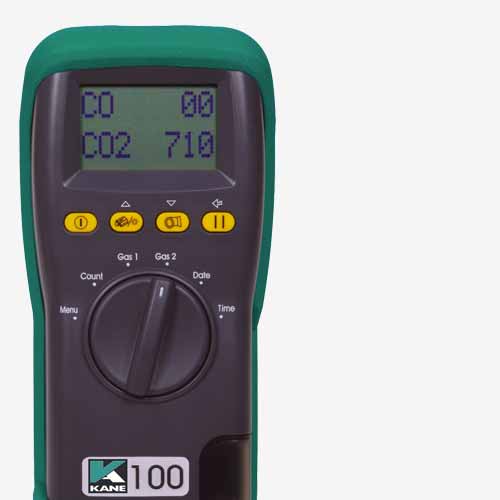 CO2 / Carbon Dioxide Detectors
CO2 / Carbon Dioxide Detectors
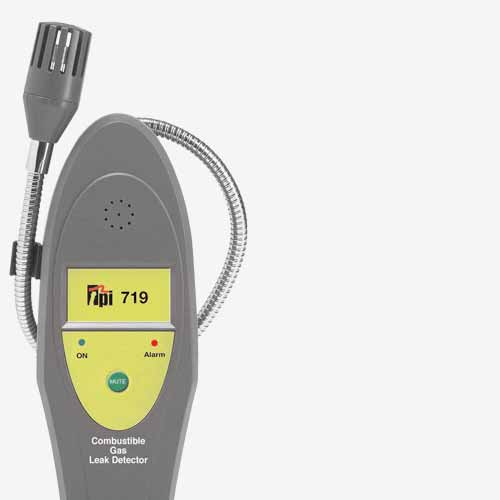 Gas Leak Detectors
Gas Leak Detectors
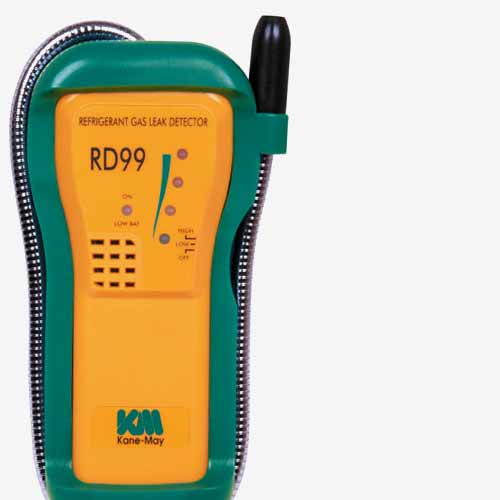 Refrigerant Leak Detectors
Refrigerant Leak Detectors
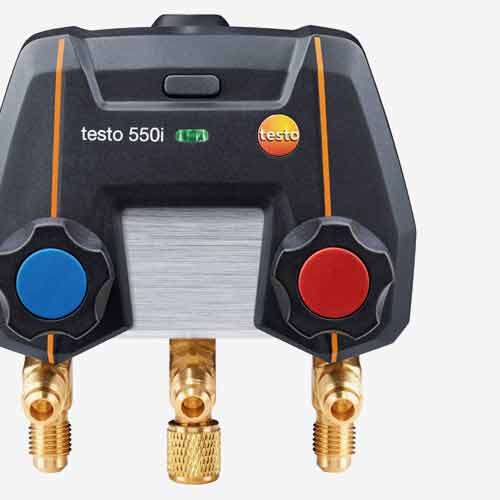 Manifolds
Manifolds
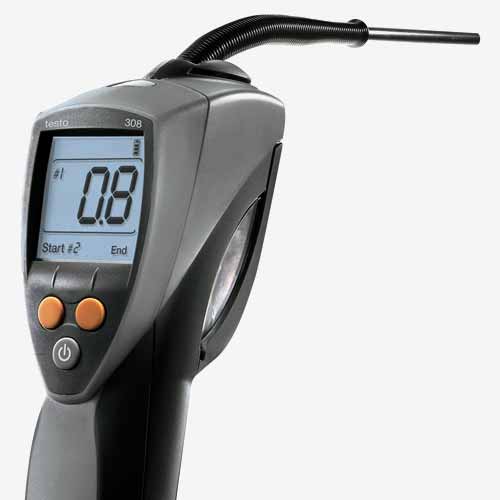 Smoke Testers
Smoke Testers
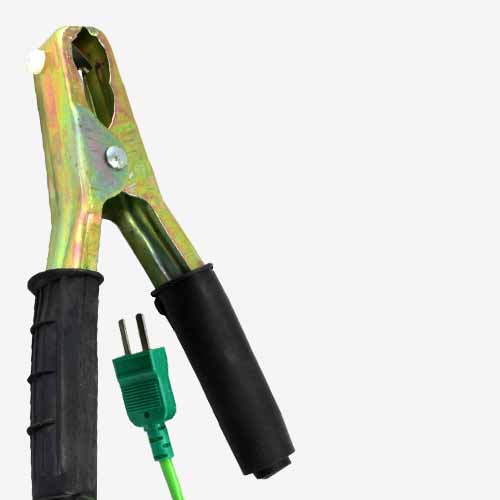 Gas, HVAC & Plumbing Accessories
Gas, HVAC & Plumbing Accessories
